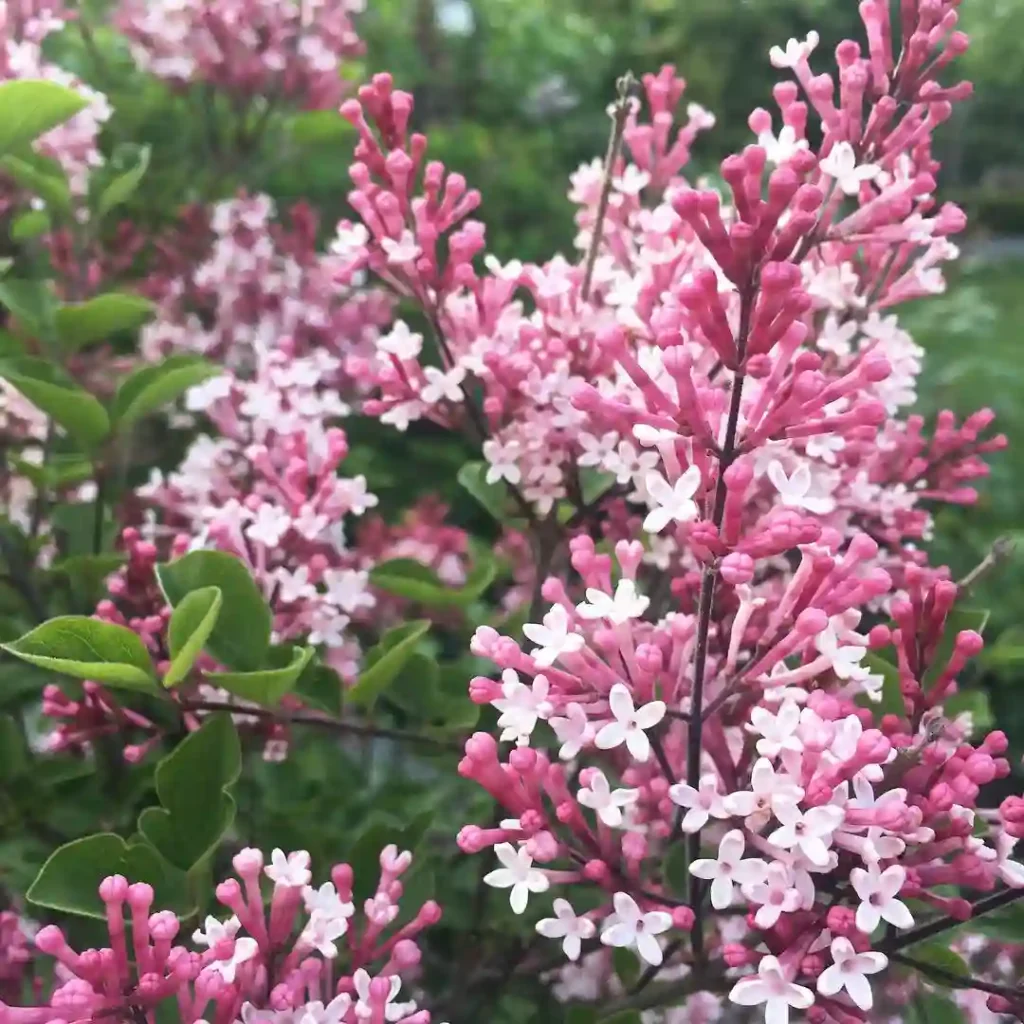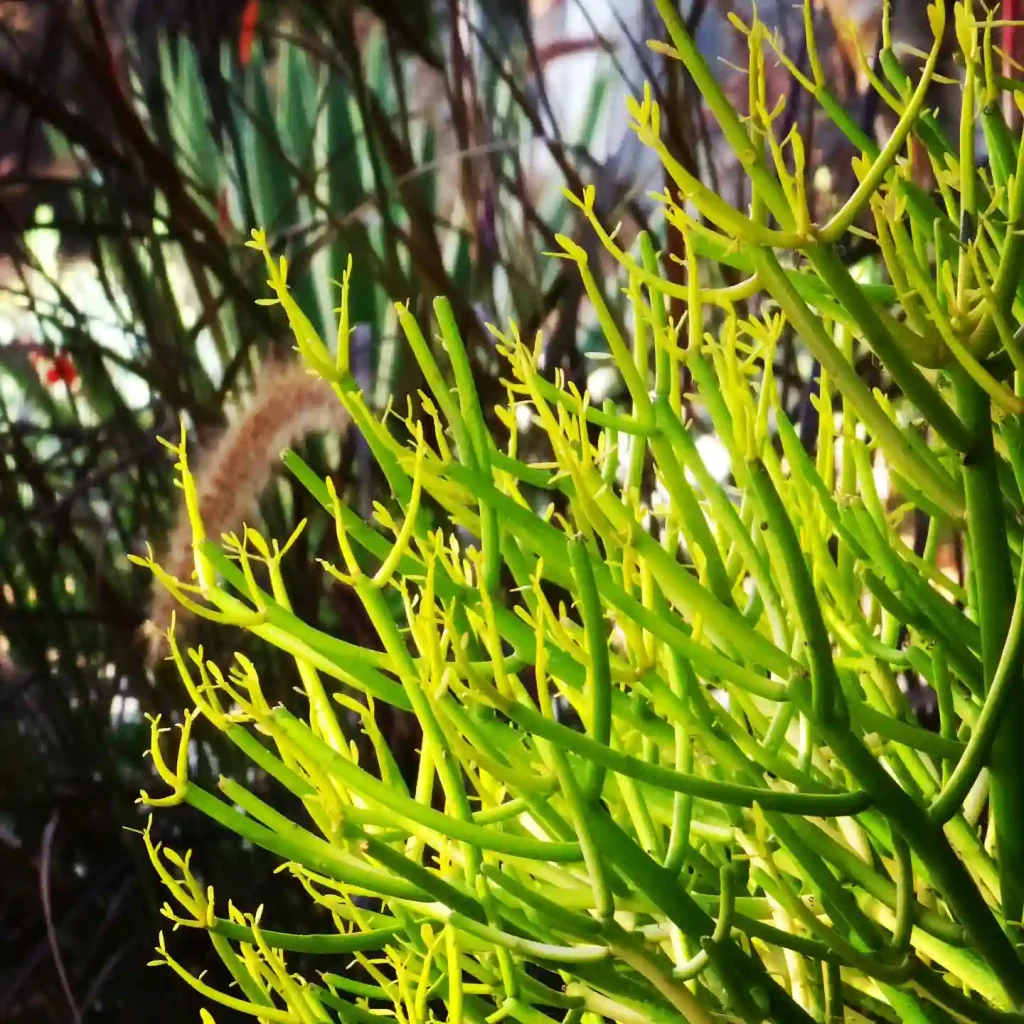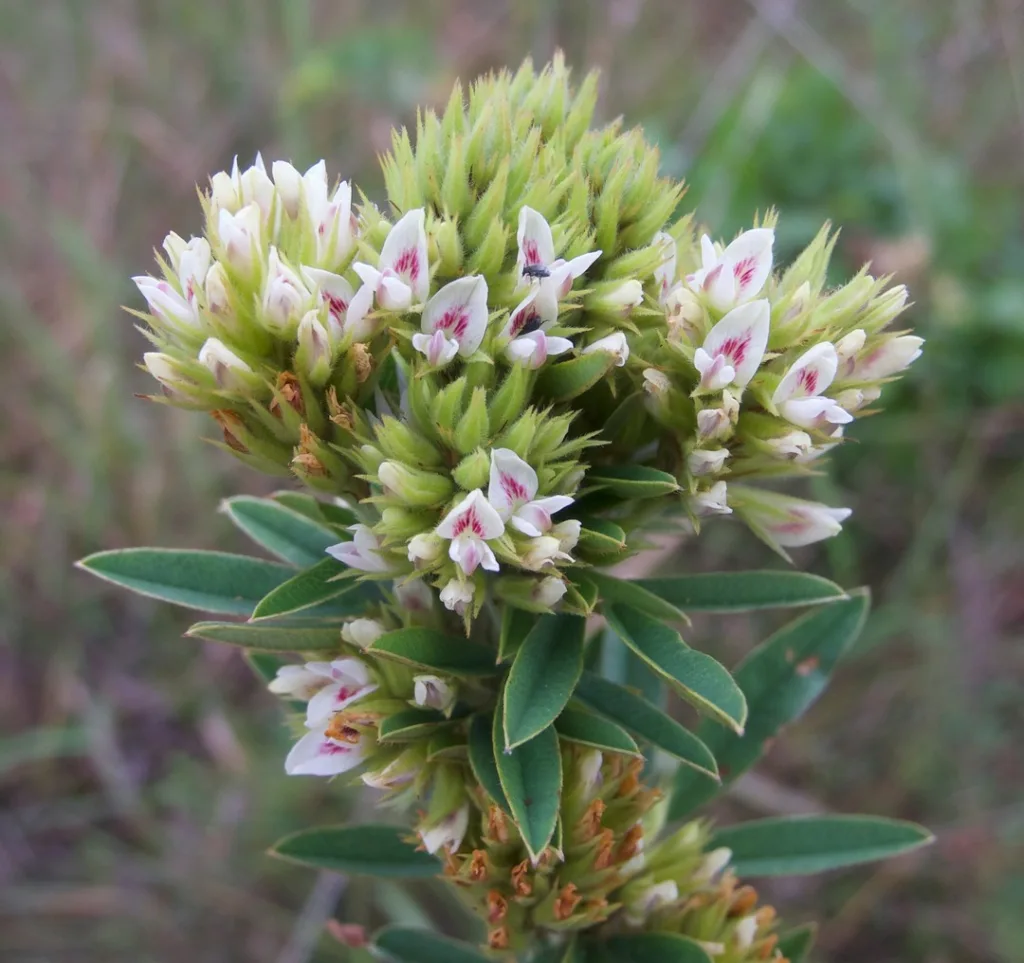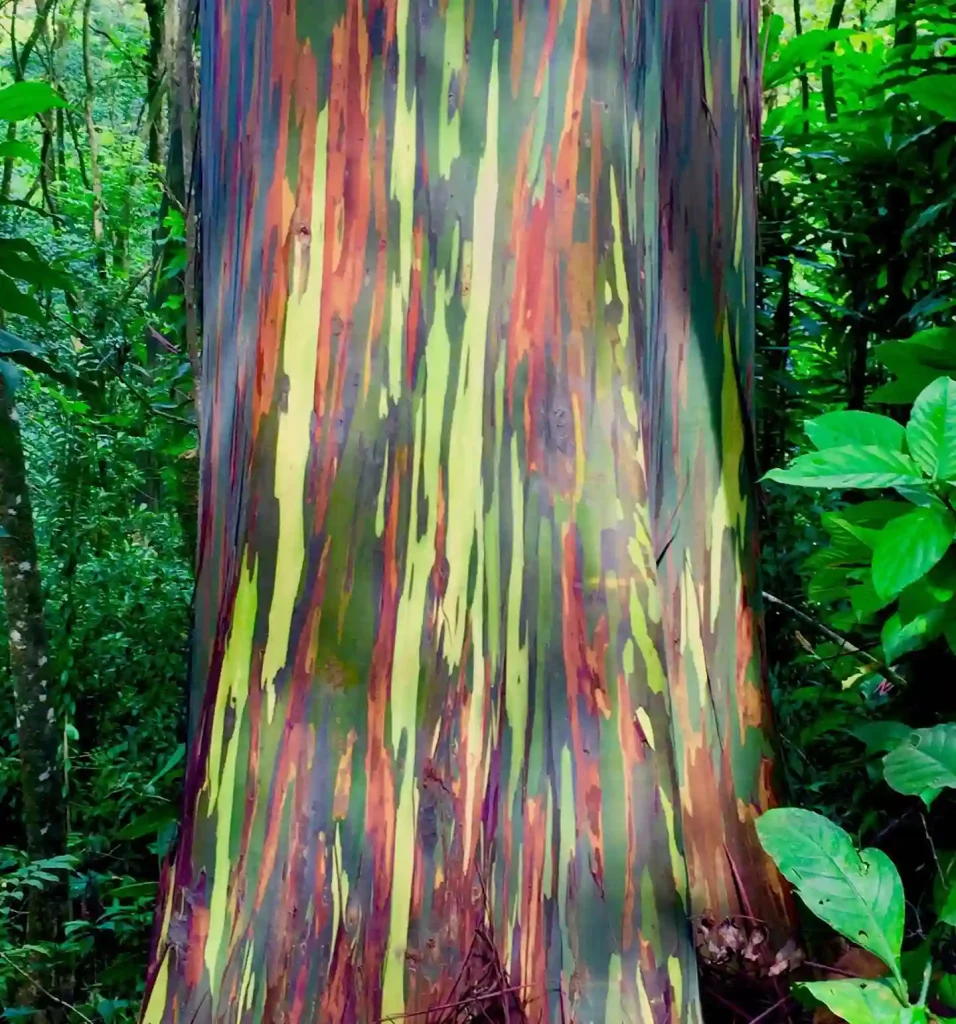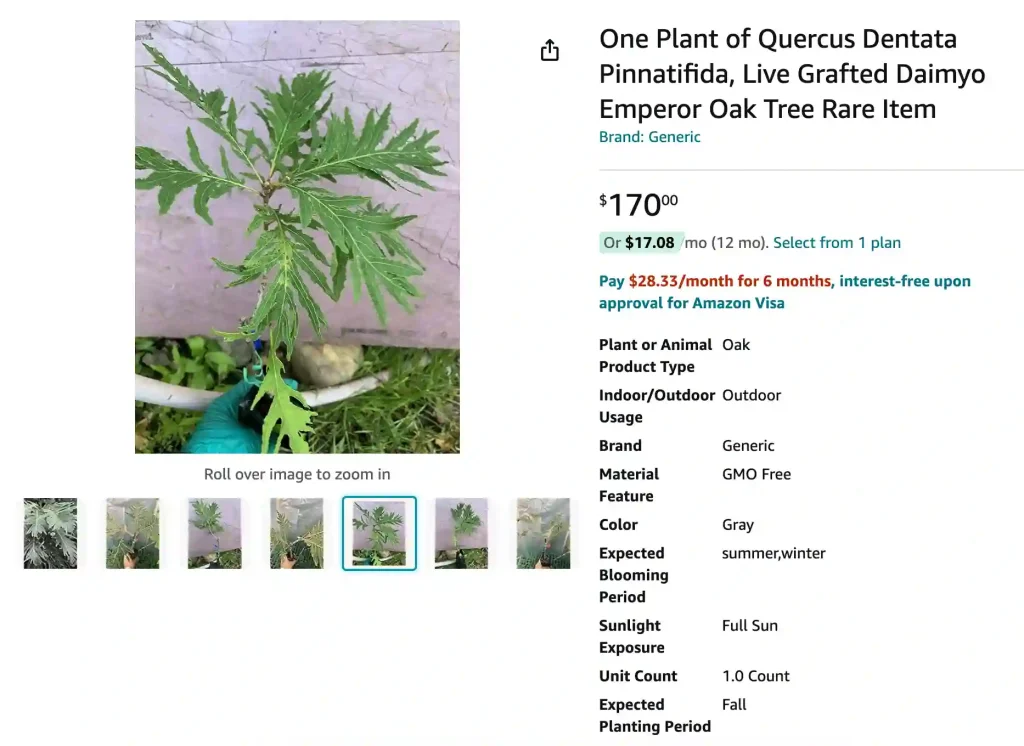
What is Quercus Dentata?
Quercus Dentata, commonly known as the Korean Oak or Sawtooth Oak, is a deciduous tree native to East Asia, particularly Korea, Japan, and China. It is prized for its distinctive foliage, which features serrated edges that give it a “sawtooth” appearance. The tree typically grows to a height of 40 to 60 feet with a broad, rounded canopy. Its leaves turn a brilliant yellow to orange in the fall, adding a splash of color to the landscape. Quercus Dentata is also valued for its strong, durable wood and attractive acorns.
657 Species in Genus Quercus
How to Care for Quercus Dentata?
Caring for Quercus Dentata involves a few key practices to ensure its health and longevity:
- Location: Plant Quercus Dentata in full sun to partial shade. It prefers a location where it can receive at least six hours of sunlight daily.
- Soil: This oak thrives in well-draining soil that is rich in organic matter. It is adaptable to various soil types but performs best in loamy or sandy soils with a neutral to slightly acidic pH.
- Watering: During the first few years after planting, water the tree regularly to establish a strong root system. Once established, Quercus Dentata is fairly drought-tolerant, but regular watering during dry periods will help maintain its health.
- Fertilizing: Apply a balanced, slow-release fertilizer in early spring to support growth. Avoid over-fertilizing, as excessive nutrients can lead to rapid, weak growth.
- Pruning: Prune the tree to maintain its shape and remove any dead or diseased branches. Late winter or early spring, before new growth begins, is the best time to prune.
How to Propagate Quercus Dentata?
Propagating Quercus Dentata can be done through seed or acorn collection:
- Seed Collection: Collect acorns in the fall when they are mature. Remove the cap and let the acorns dry for a few days. Store them in a cool, dry place until you are ready to plant.
- Planting Seeds: Plant the acorns in a seed tray or directly in the garden bed. Sow them about 1 to 2 inches deep and keep the soil consistently moist. Germination can take several weeks to a few months.
- Transplanting Seedlings: Once seedlings have developed a few sets of leaves and are large enough to handle, transplant them to their permanent location. Space the seedlings appropriately to allow for their mature size.
What to Plant with Quercus Dentata?
When planting companions with Quercus Dentata, consider species that complement its growth and aesthetic:
- Understory Plants: Consider planting shade-tolerant ground covers such as hostas or ferns beneath the oak. These plants thrive in the shaded environment created by the tree’s canopy.
- Flowering Plants: Incorporate flowering plants like astilbes or bleeding hearts to add color and texture to the space around the oak.
- Ornamental Grasses: Grasses such as feather reed grass or blue fescue can add movement and contrast to the planting area.
Is Quercus Dentata Toxic?
Quercus Dentata is not considered toxic to humans or animals. However, like many oaks, its acorns contain tannins, which can be mildly toxic if ingested in large quantities by pets or wildlife. It’s best to monitor pets and avoid allowing them to eat the acorns.
Benefits of Quercus Dentata
- Ecological Value: Quercus Dentata supports local wildlife by providing acorns as a food source for birds and mammals. Its dense canopy also offers shelter and habitat for various species.
- Aesthetic Appeal: The tree’s distinctive foliage and fall color make it an attractive addition to gardens and landscapes. Its broad canopy provides excellent shade, making it a valuable shade tree.
- Wood Quality: The wood of Quercus Dentata is strong and durable, making it suitable for furniture and woodworking.
Common Problems with Quercus Dentata
- Pests: Like other oaks, Quercus Dentata can be susceptible to pests such as oak wilt, aphids, and caterpillars. Regular monitoring and appropriate pest control measures can help manage these issues.
- Diseases: The tree may experience diseases like powdery mildew or leaf spot. Ensuring good air circulation and proper watering can help reduce the risk of these problems.
- Acorn Production: Some trees may produce fewer acorns than expected. This can be due to various factors, including environmental stress or age of the tree.
Compare with Other Oaks
When comparing Quercus Dentata to other oak species:
- Quercus Rubra (Northern Red Oak): Quercus Rubra has broader leaves with more rounded lobes compared to the serrated edges of Quercus Dentata. It is also more cold-hardy and often used in northern climates.
- Quercus Alba (White Oak): Quercus Alba has rounded leaf lobes and produces a different type of acorn. It is known for its excellent wood quality and longevity.
- Quercus Palustris (Pin Oak): Quercus Palustris has a more narrow, columnar shape and deeply lobed leaves. It is a better choice for smaller landscapes due to its compact size.
By understanding these aspects of Quercus Dentata, you can better appreciate its role in your garden or landscape and ensure it thrives with proper care and attention.
If i die, water my plants!
